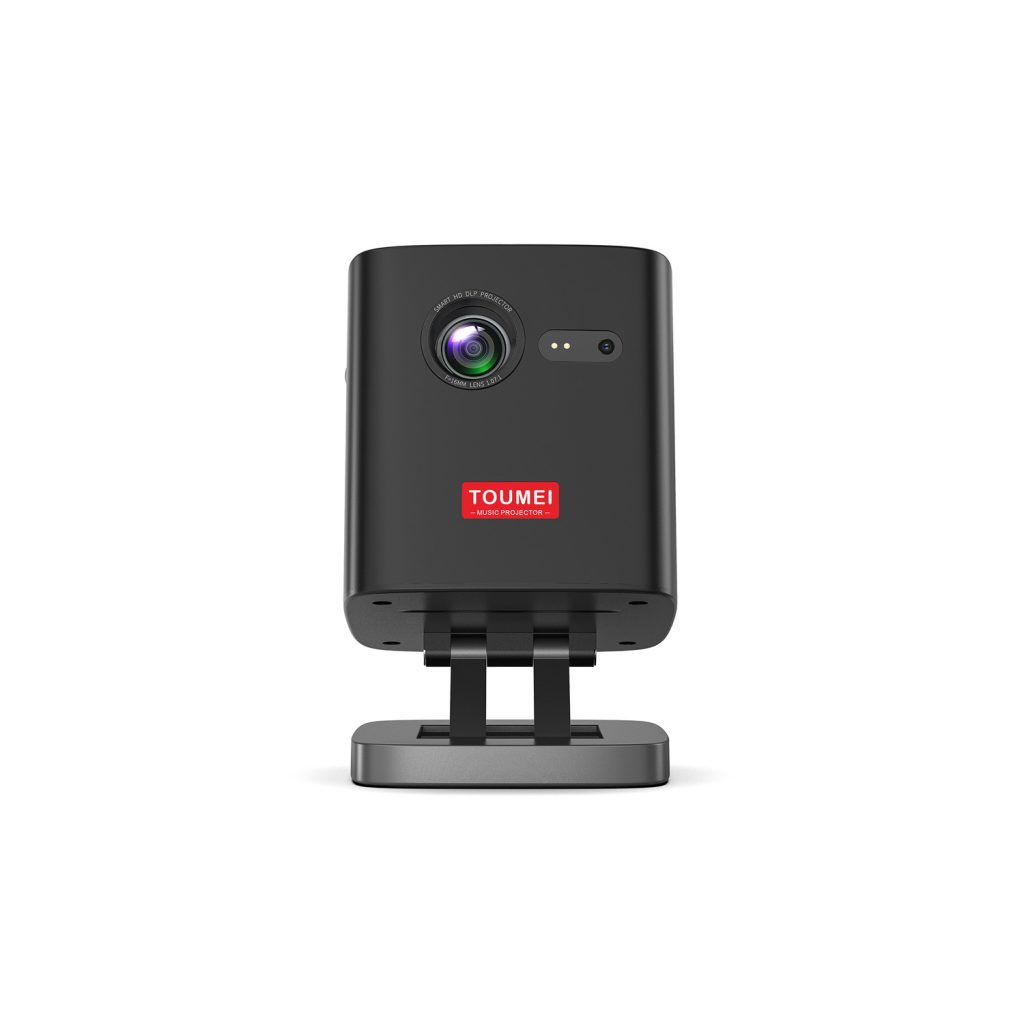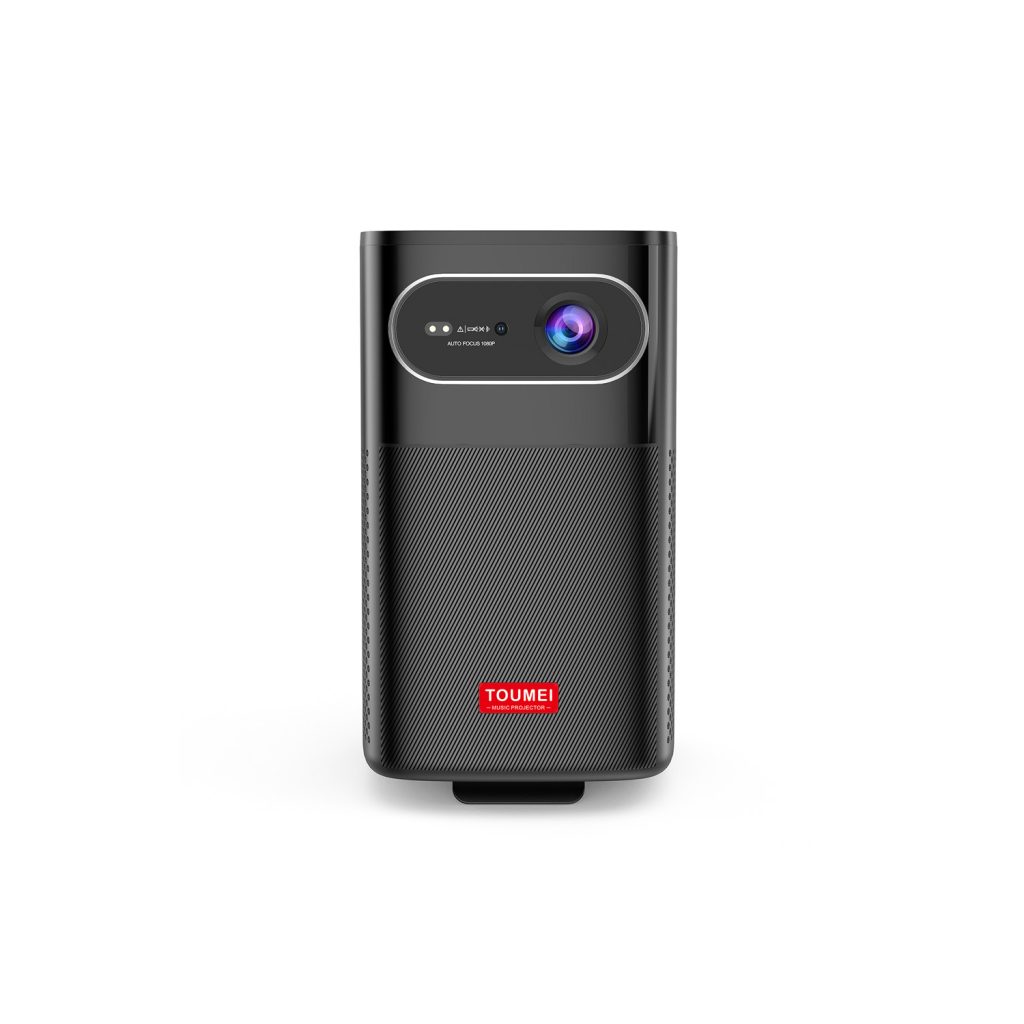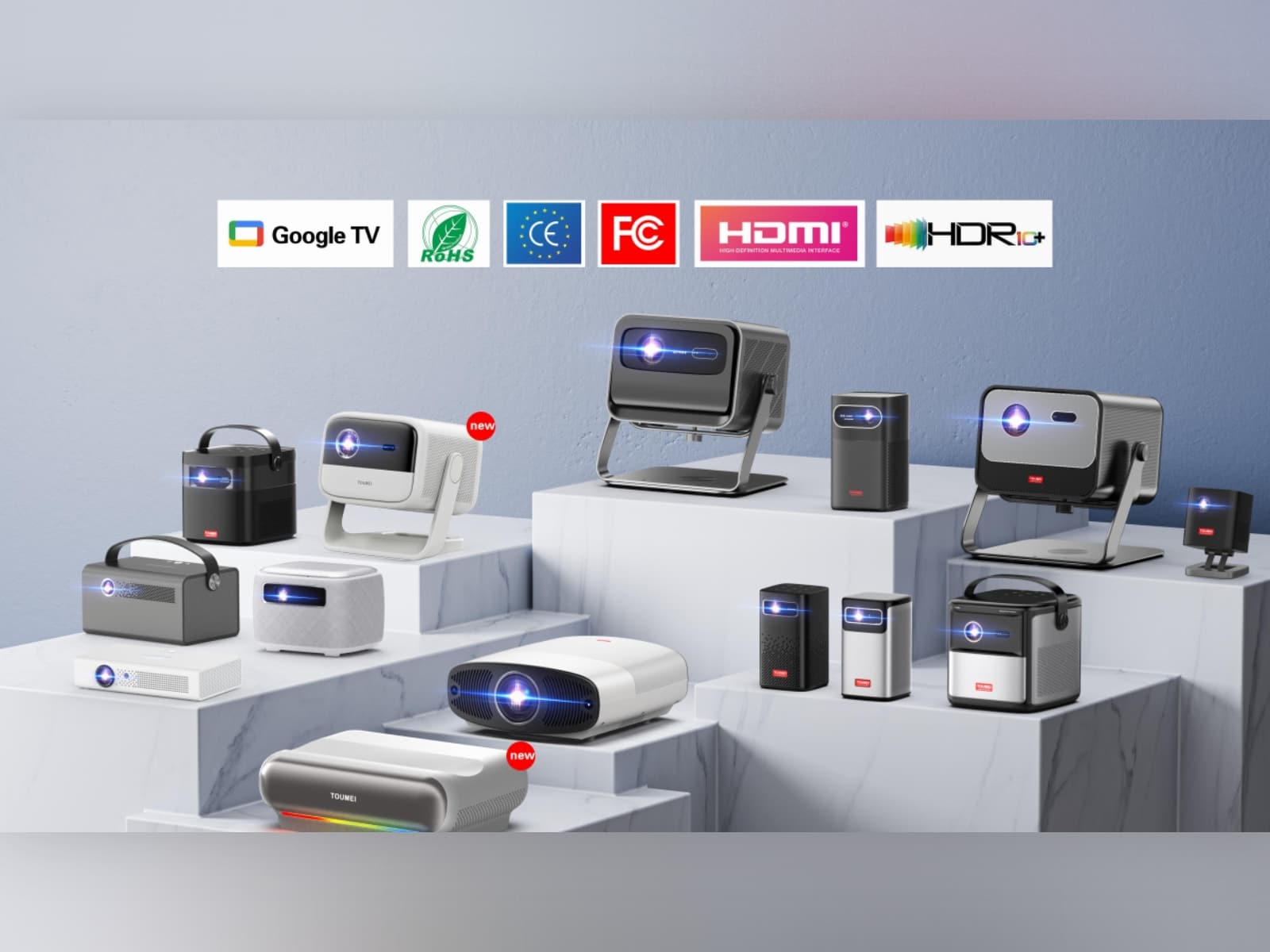For decades, projectors have been considered essential tools in education and corporate settings. But as technology advances and industries evolve, projectors are no longer limited to conference rooms or classrooms. Today, they’re making significant inroads into new fields like healthcare, professional training, and engineering.
In this article, we explore the growing number of projector applications in non-traditional industries and how projection technology is becoming a flexible solution across multiple domains.
🚑 1. Medical Projectors: Enhancing Precision and Real-Time Visualization
The medical field is undergoing a transformation in how information is displayed and shared. High-definition and 3D projectors are now being used to:
-
Project real-time surgical data directly onto the patient’s body or surgical table
-
Provide immersive anatomical education in medical schools using 3D mapping
-
Assist remote diagnosis and telemedicine through high-resolution imagery
These medical projectors help improve surgical precision, training quality, and collaboration across distances.
🧑🏭 2. Projectors for Professional and Industrial Training
Industries like manufacturing, aviation, and defense are increasingly turning to projection-based training tools for hands-on learning:
-
In aviation, high-lumen projectors simulate cockpit environments
-
In manufacturing, projectors overlay instructions directly on equipment for AR-based training
-
In emergency services, simulation training is delivered via interactive projectors
These training projectors improve knowledge retention and allow safe, repeatable practice.
🏗 3. Projectors in Architecture and Design
In architecture and product design, projectors help bridge the gap between concept and reality:
-
Project 3D models onto physical surfaces for rapid prototyping
-
Enable real-time design feedback and iteration during client presentations
-
Support digital twin visualizations for infrastructure planning
By integrating 4K projectors with CAD workflows, teams enhance accuracy and decision-making.
🔋 4. Portable, Smart, and Energy-Efficient Projectors Are Leading the Way
The adoption of portable projectors and wireless smart projectors is rising across all sectors. Compact models with DLP or LED technology offer:
-
Lightweight mobility for medical teams or field engineers
-
Battery-powered operation for outdoor or off-grid training
-
Energy-efficient designs supporting sustainability initiatives
📈 5. Market Trends: Diversification and Innovation in Projection Technology
As new use cases emerge, the global projector market is shifting toward diversification:
-
Increased demand for interactive projectors in education and training
-
Rise of laser projectors in surgery and design
-
Surge in short-throw and ultra-short throw projectors for limited spaces
This transformation reflects a broader trend: projectors are evolving into multi-purpose visualization tools across every sector.
📌 Conclusion: Why Businesses Should Rethink the Role of Projectors
Whether you’re in healthcare, engineering, education, or industrial training, projectors are no longer just for displaying slides. They are now precision tools enabling visualization, interactivity, and collaboration at an entirely new level.
If you’re exploring custom projector solutions for your business or institution, now is the right time to make the switch.
❓ FAQ: Projector Use in New Industries
What are the benefits of using projectors in healthcare?
Projectors offer precise visualization for surgery, anatomy training, and telemedicine, improving both patient care and training outcomes.
Which projectors are best for architectural use?
4K DLP or laser projectors are ideal for design review, 3D projection, and large-scale model presentations.
Can projectors be used outdoors or off-grid?
Absolutely. Portable DLP projectors with battery support are perfect for fieldwork and mobile clinics.



















